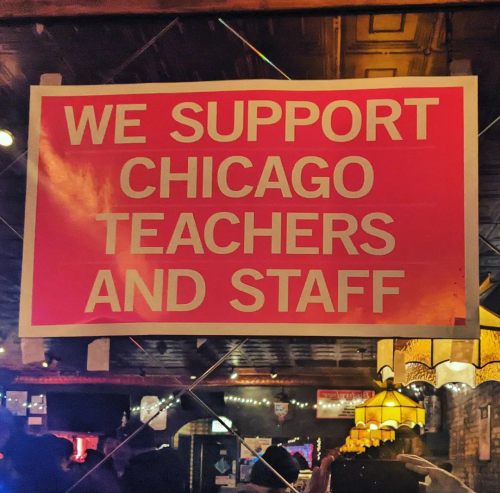
You Are Here—So Where Next?

The choice to get a PhD used to be pretty black and white — now, it’s a much more complicated decision.
The worst part about pursuing your MFA is that people won’t stop asking you what you’re going to do after. I chose a three year MFA for a multitude of reasons: one of those being that it gives me more time to delay the inevitable Hamlet of our unique lives: “To get a PhD, or to not get a PhD?”
Growing up, there was something expected and reliable about the PhD. It was the end result, so to speak—you went to school, finished with your PhD, and you could do anything, but namely, wear elbow patches on your blazer in your own office as a tenured professor. This is not the case anymore, however. Online research shows that between 10% and 30% of PhD alumni receive a permanent position in academia. It’s startling when you consider that most PhD programs can take 6-8 years. That’s a long time to be held in suspended animation.
Of course, that’s assuming that you’re going to pursue a PhD solely to get a job in academia, or any job really, and as many of my peers in my MFA program can attest, we’re in this for a love of learning and creating. One should get a PhD because they want to, and if I’ve been dashing your hopes this far, let me restore your faith in higher education.
It’s true that it’s becoming increasingly harder to get a permanent position in academia, but not impossible. “There are many ways into teaching,” says Jennifer Halperin, of Columbia’s Career Center. When I met with her, I was looking for a way to qualify my love of teaching in a world that doesn’t really love teachers all too much. Getting one’s work published, as you will hear many say, is one of the best ways to enter into academia. Professional experience can also go a long way, as in, if you have experience in the career fields of journalism or publishing for example, it could lead to a position as an adjunct educator (and maybe more).

Chicago is a city that loves to talk about its teachers: this was seen in a bar in Logan Square.
While getting my MFA has been an incredible period of growth and development, it’s also been a much needed period of rest. I’ve allowed myself the time and space to learn and work on my writing, and it makes me anxious thinking of the constantly grinding world outside the walls of Columbia College. Jennifer Halperin was able to assuage some of these anxieties, and in one of our meetings, I learned more about how to market and prepare myself for life after my MFA than I ever had before. While I recommend everyone make an appointment at the Career Center, here’s a couple things I’ve learned:
- Build Your Portfolio – Columbia allows students to freely use the application Portfolium to build a digital portfolio, but it’s also important to first cultivate work to put in the portfolio. I had never considered having a portfolio, or if I did, I had a poorly constructed CV with links to my published work. Nothing is more impressive in the field of arts than a professional and beautifully constructed portfolio.
- Clean Up Your LinkedIn – For the longest time, I just put any old job on my LinkedIn just in case. This could actually seem confusing to employers – only put the experience that relates to the jobs you’re actively looking for.
- Look For Jobs in Unfamiliar Places – Craigslist may be outdated, but other forms of social media can be unexpected, yet great places to see fresh job listings in your field. LinkedIn can be an excellent place to look for jobs and, depending on the field, there can be special websites that regularly post open positions or internships at esteemed companies. Handshake is also the best place to look for local, or Columbia adjacent jobs, in Chicago.
